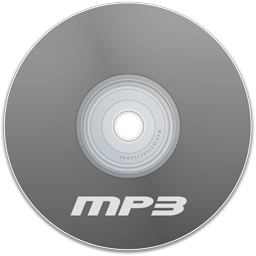

RELATED: Why Can I Only Burn 80 Minutes of Music to a CD if My MP3s Take Up Less Than 700MB of Space? RELATED: MP3 Isn't Dead How Do I Open An MP3 File?Īs mentioned earlier, MP3 is the most widely used audio file format and because of this almost all audio playback applications are able to open MP3 files- possibly even your eReader.

For the average music listener, the loss in quality generally isn’t that noticeable. MP3 compression removes the parts of the audio file that human ears have a harder time hearing- the highest and lowest ends. That bit rate is measure in kbps (kilobits per second), and the higher the bit rate, the better quality sound you’re going to hear. One of the main issues comes in the form of bit rate-basically the amount of actual audio information that gets produced every second. While you’re gaining much needed hard drive space, you lose some quality of sound when converting from a lossless file format. RELATED: What Are the Differences Between MP3, FLAC, and Other Audio Formats?Īll that compression doesn’t come without some drawbacks, though. That’s a 90% compression that retains near CD quality! While a 3-minute lossless file, such as Waveform Audio file (WAV), can be around 30 MB in size, the same file as a compressed MP3 would only be around 3 MB. Compression is a common technique for all types of files, whether it be audio, video, or images to reduce the amount of storage they take up. It’s still possible to have fairly high quality MP3 music files, though. It’s known as a “ lossy” format because that compression is irreversible and some of the source’s original data is lost during the compression. An MP3 file is an audio file that uses a compression algorithm to reduce the overall file size.


 0 kommentar(er)
0 kommentar(er)
